Insects might seem unusual subject matter for the fired arts, but many porcelain and glass artists have found inspiration in spiders, snails, and other creepy crawlies. Spiders are particularly associated with Halloween so beware of this Highlights if you suffer from arachnophobia!
Scary Spiders
Spiders have become a symbol of Halloween as they were once believed to be evil companions of witches along with black cats and rats. Spiders often spin their webs in dark places, so they are also associated with Halloween’s haunted houses, dungeons and graveyards. Fear of spiders is thought to result from evolutionary psychology as a survival instinct against venomous species.
In Greek mythology, Arachne, a talented mortal weaver, challenged Athena, the goddess of wisdom and crafts, to a weaving contest and this hubris resulted in her being transformed into a spider. Gustave Dore’s illustration of Arachne’s punishment in Dante’s Purgatorio is one of the scariest depictions of this transformation. However, not all spiders are scary. In many cultures they are regarded as mystical creatures and storytellers, oracles of wealth and fate.
According to Daisy Makeig-Jones, the creator of Wedgwood’s Fairyland Lustre ware, all spiders become Oni or demons after dark and are very difficult to kill. They have no blood but are filled instead with a white sticky substance which is magic. She tells the story of her Elves and Bell Branch design in Glimpses of Fairyland published in 1921. Fairies, elves, kobolds, and will-o-the-wisps have been taken prisoner by a spider and put into a dark cave from which they cannot escape as the spider has spun her web all over the entrance. Fortunately, a golden bird has come to rescue the fairies and has given them a bell branch to save them. Whenever this branch is waved, whoever hears it is put to sleep and the fairies are debating how to put the spider under its influence without being overcome with sleep themselves. Several Fairyland designs featured cobwebs outlined in gold which can be seen in our current exhibition Bowled over by Fairyland.
A Snail’s Pace
Although gardeners usually consider the snail a pest, many cultures of the past have regarded the snail as sacred. The Aztecs believed that its spiral shell represented the cycle of life, death and rebirth. To the ancient Greeks, snails represented fertility and the fruition of hard work. Christians later used these slow-moving crawlers to symbolize the deadly sin of sloth. However, while some regard the snail as lazy, there is a positive trait in being slow and steady.
Several of Aesop’s fables feature the snail. In one story, a snail pointed out to a rose that her thorns destroyed her beauty. The rose got rid of her thorns and the snail had a nice meal. The moral of the story: Don’t let down your defenses. In another fable, the snail berated the gaudy butterfly, in comparison to his own drab and dingy coloring. The butterfly responded that he was beautifully colored by nature as are others, such as peacocks and hummingbirds. The moral of the story: Don’t reject the ornamental when given by nature.
Snails play a surprising part in art. Dutch flower painters often included snails to emphasize their memento mori messages. Beautiful as the flowers are, they will soon be consumed by insects and snails just like human flesh. The surrealist artist Salvador Dali used snails as images of impotence and fantasy artist Josephine Wall features a giant snail morphing into a bird in one of her paintings. Medieval painters related their protective shells to the modesty of the Virgin Mary and, incongruously, snails fighting knights appear in the margins of manuscripts during the Middle Ages.
Snails featured in ceramic art of the Art Deco era. Rosenthal produced porcelain figures of elves and fairies riding snails and Charles Vyse modeled a figure of a faun on snail-back in Morning Ride, which can be seen in our Fantastique exhibit at WMODA. In glass art, René Lalique was frequently inspired by insects, even the humble snail which is more frequently served with garlic as escargot on French dinner tables. The spirals of the snail’s shell inspired a striking vase entitled Escargot and his Palissy vase pays homage to the French Huguenot ceramicist who frequently used insects and reptiles in his rustic pottery.
Unfortunately, snails currently have a bad press in Florida following invasions of Giant African Land Snails that can grow up to 10 inches long. They are smuggled into the country by religious sects who believe they have healing properties. They are also popular as novelty pets despite their destructive potential - eating stucco on buildings and transmitting disease. This is one creepy crawlie I don’t want to meet in Miami!
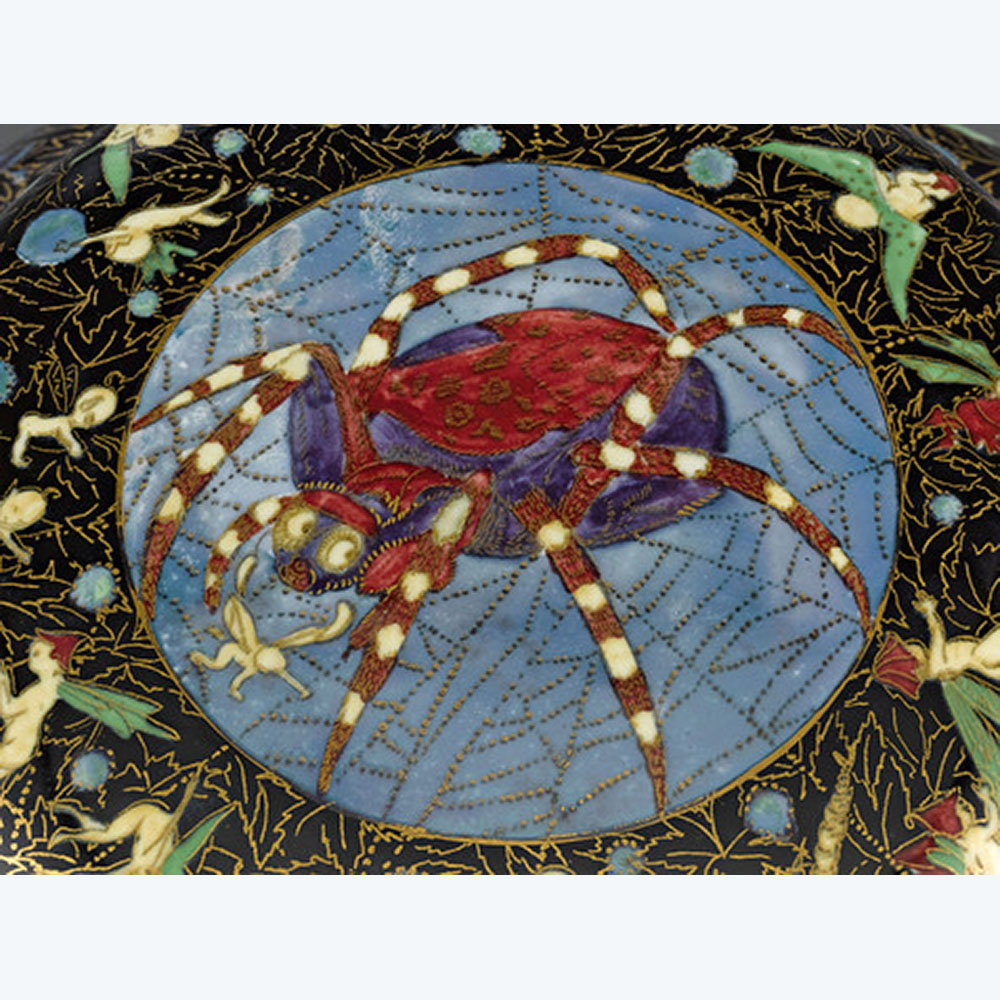
Wedgwood Fairyland Lustre Bubbles Lid by D. Makeig-Jones
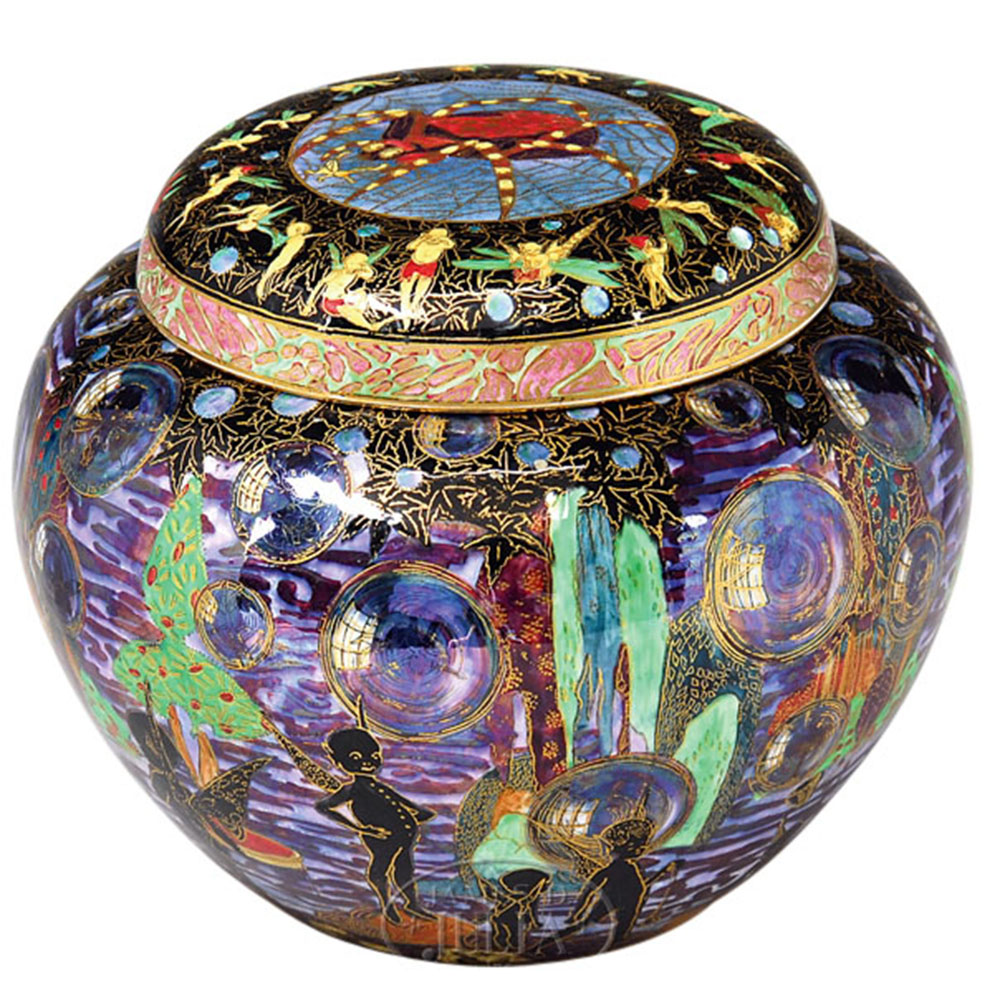
Wedgwood Fairyland Lustre Bubbles Malfrey Pot by D. Makeig-Jones
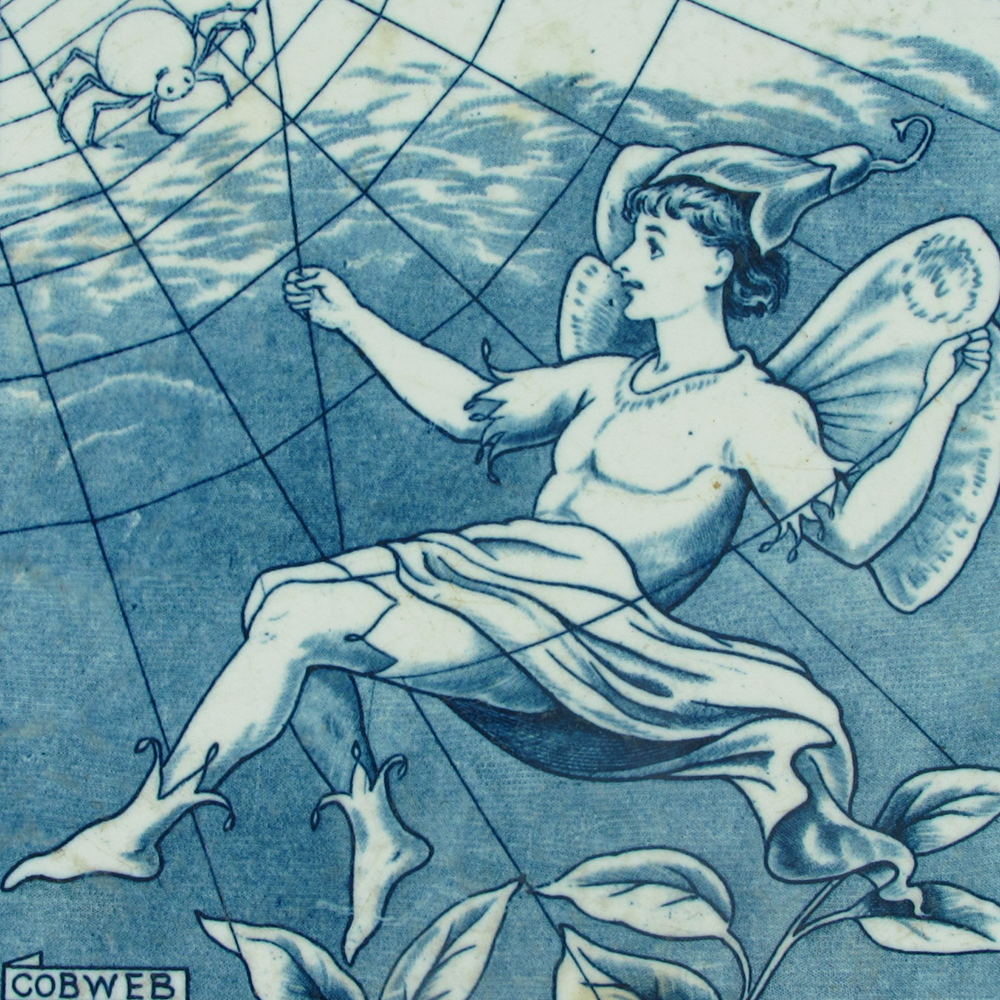
Wedgwood Cobweb Tile detail
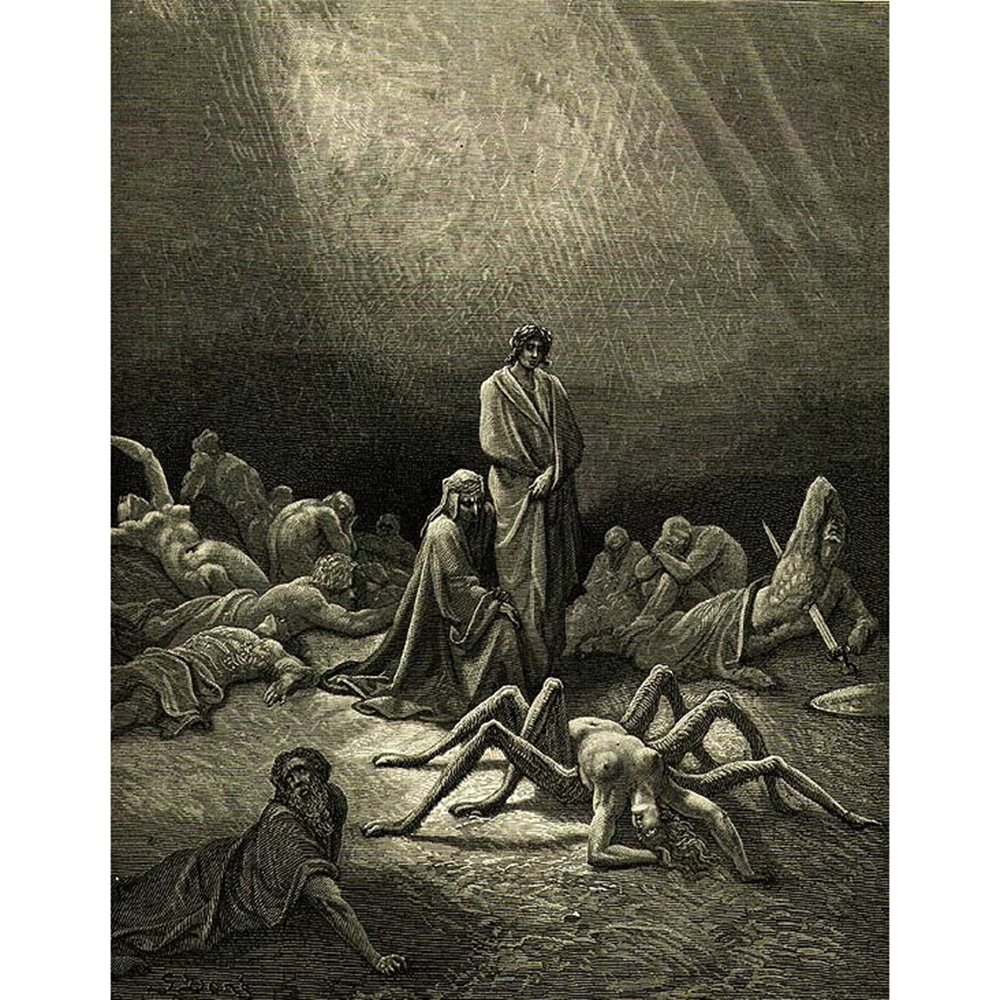
Arachne by G. Dore
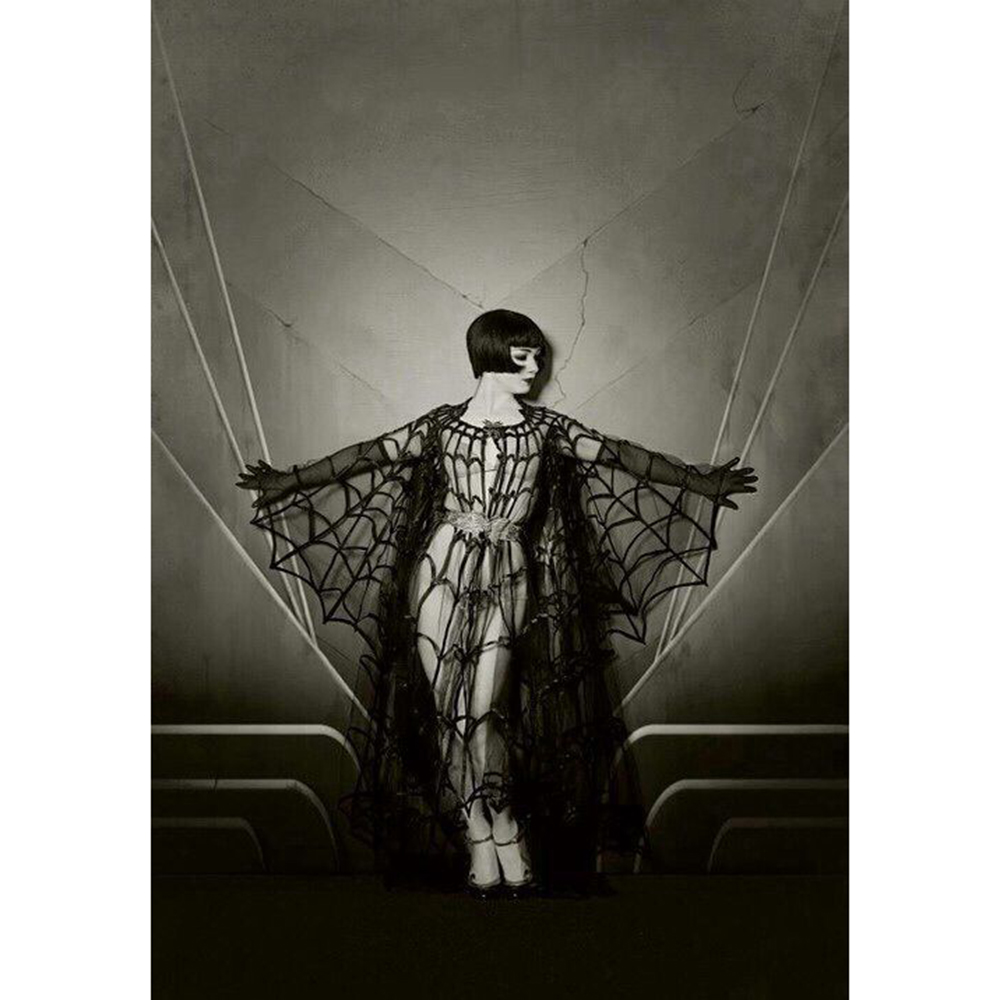
Maria S. Varela
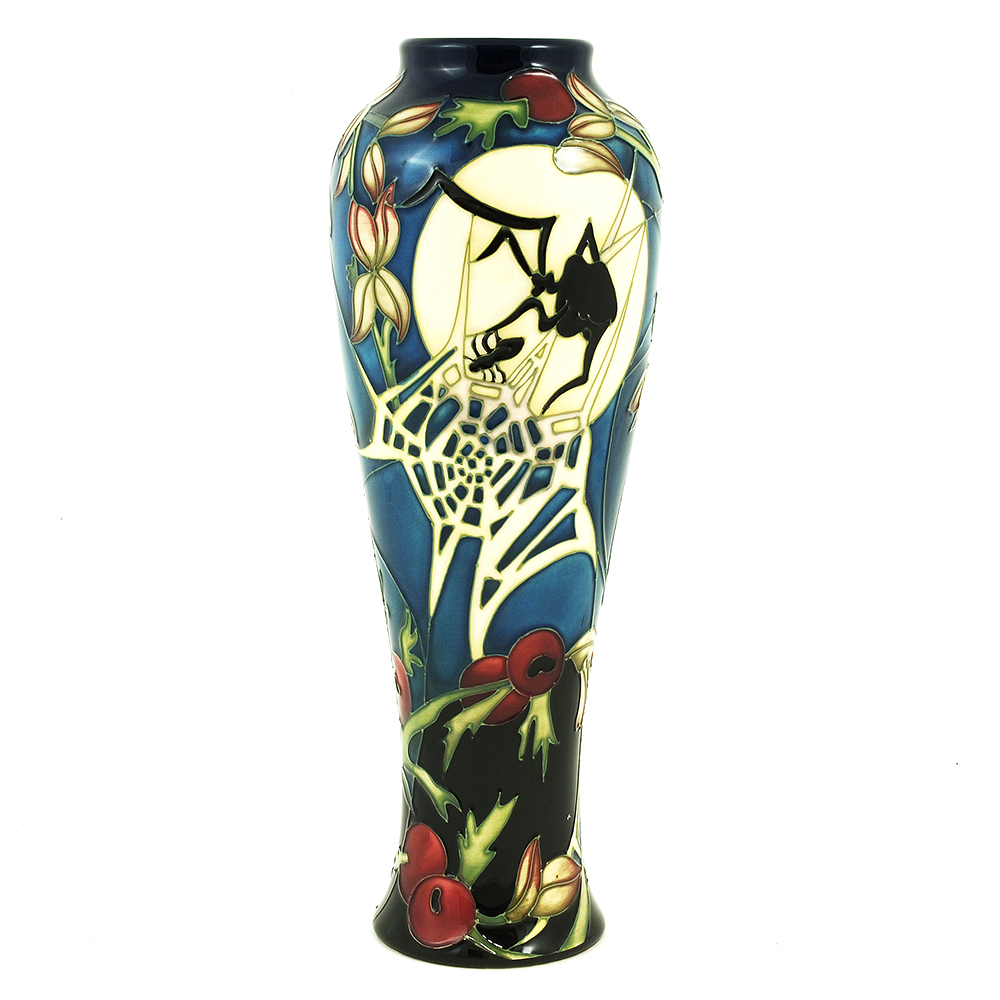
Moorcroft Spider's Web Vase
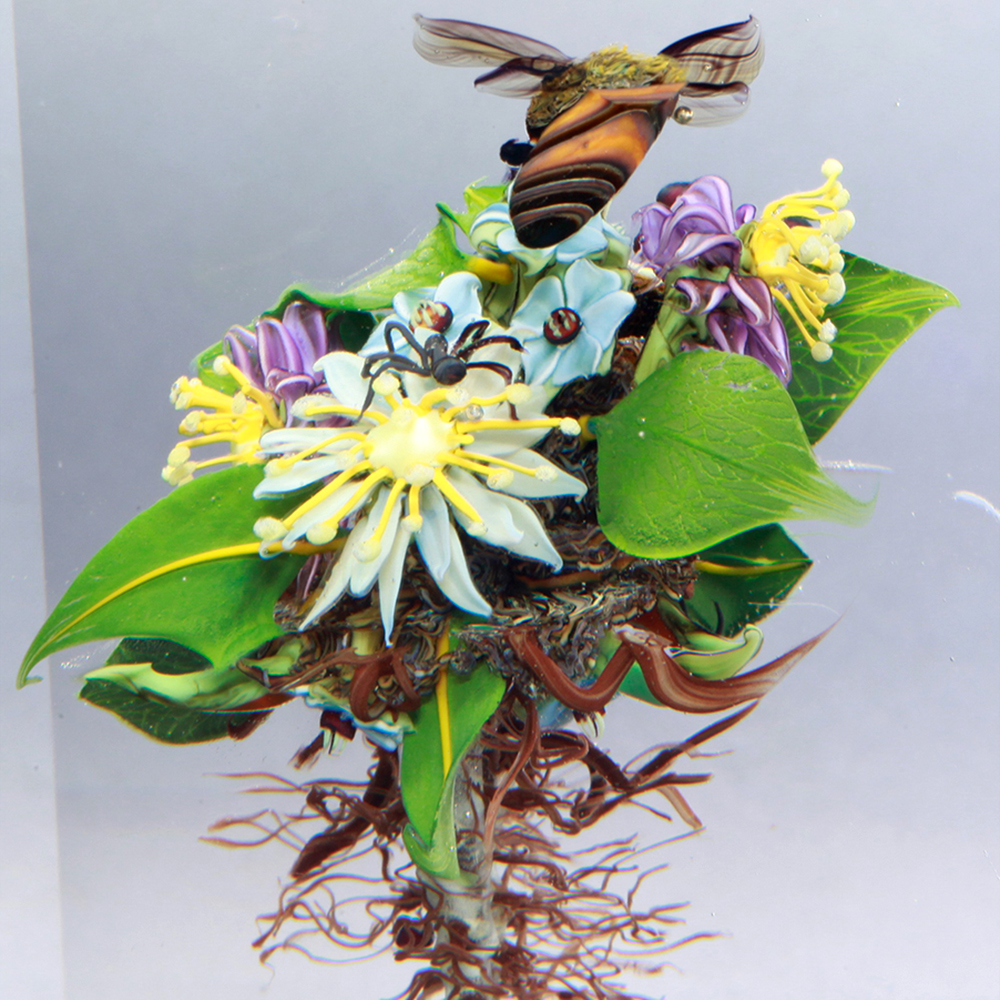
Paul Stankard Paperweight Detail
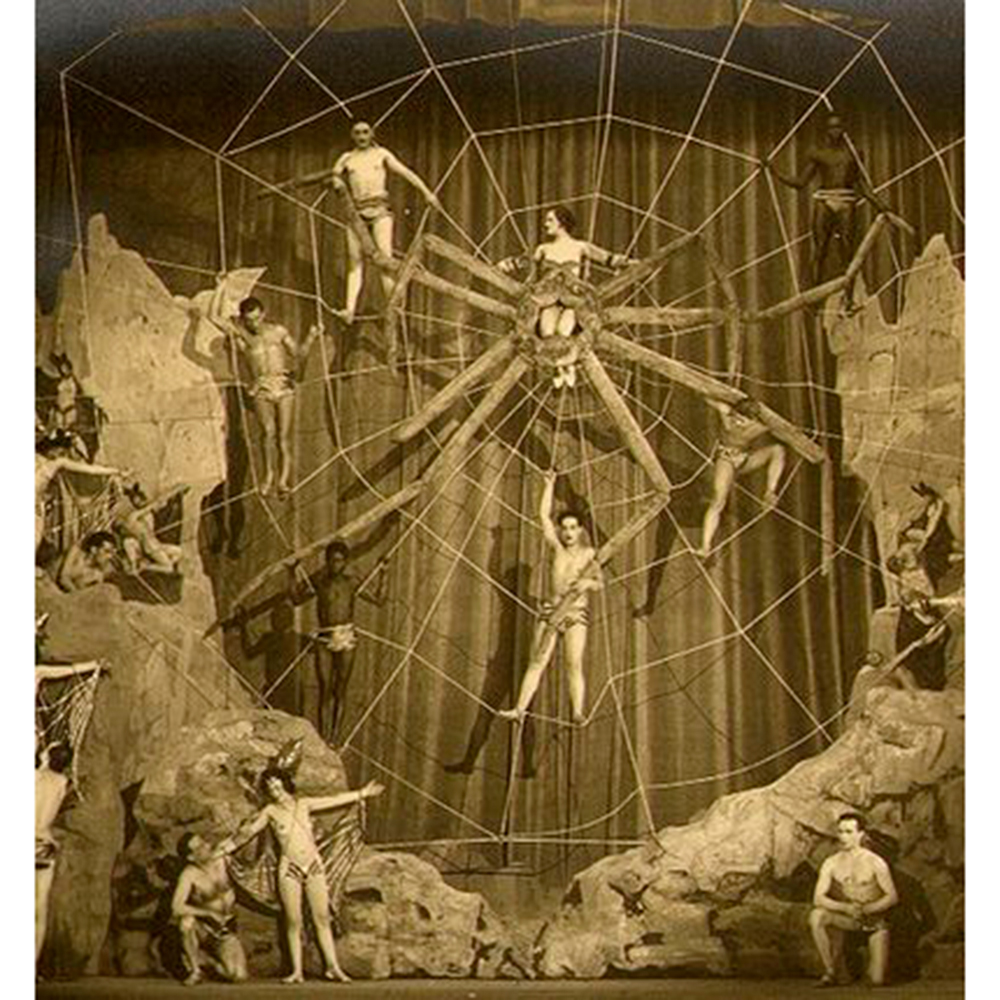
Ziegfeld Follies Spider Dance
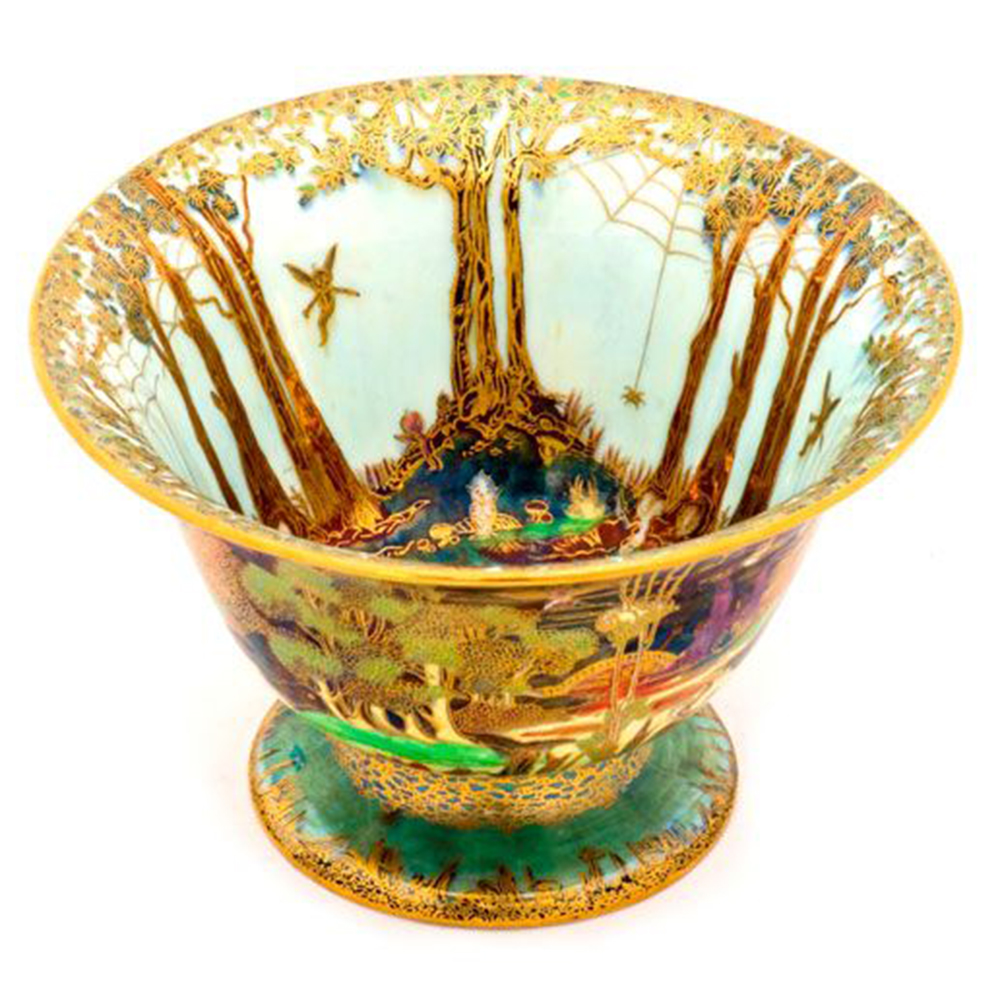
Wedgwood Fairyland Lustre Woodland Elves II and Spider & Web by D. Makeig-Jones

Wedgwood Fairyland Lustre Woodland Elves II and Spider & Web Illustration
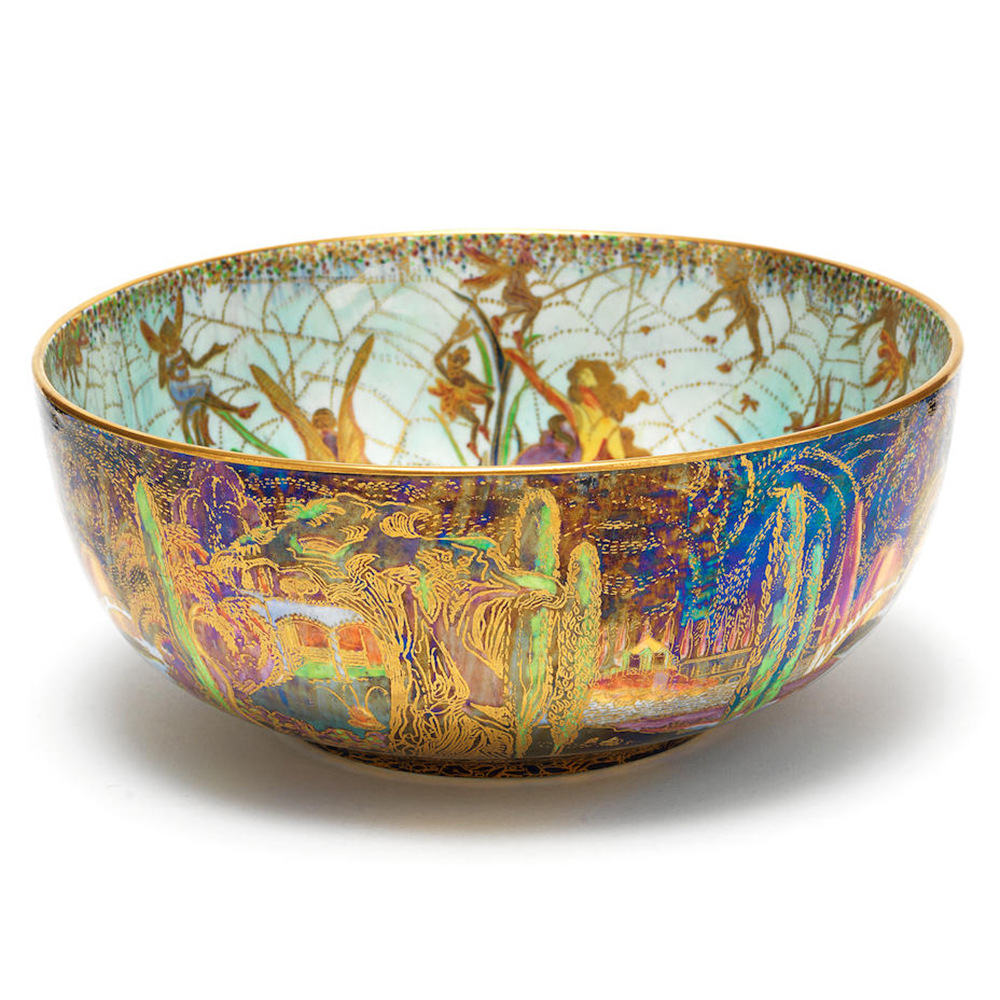
Wedgwood Fairyland Lustre Elves & Bell Branch Bowl by D. Makeig-Jones
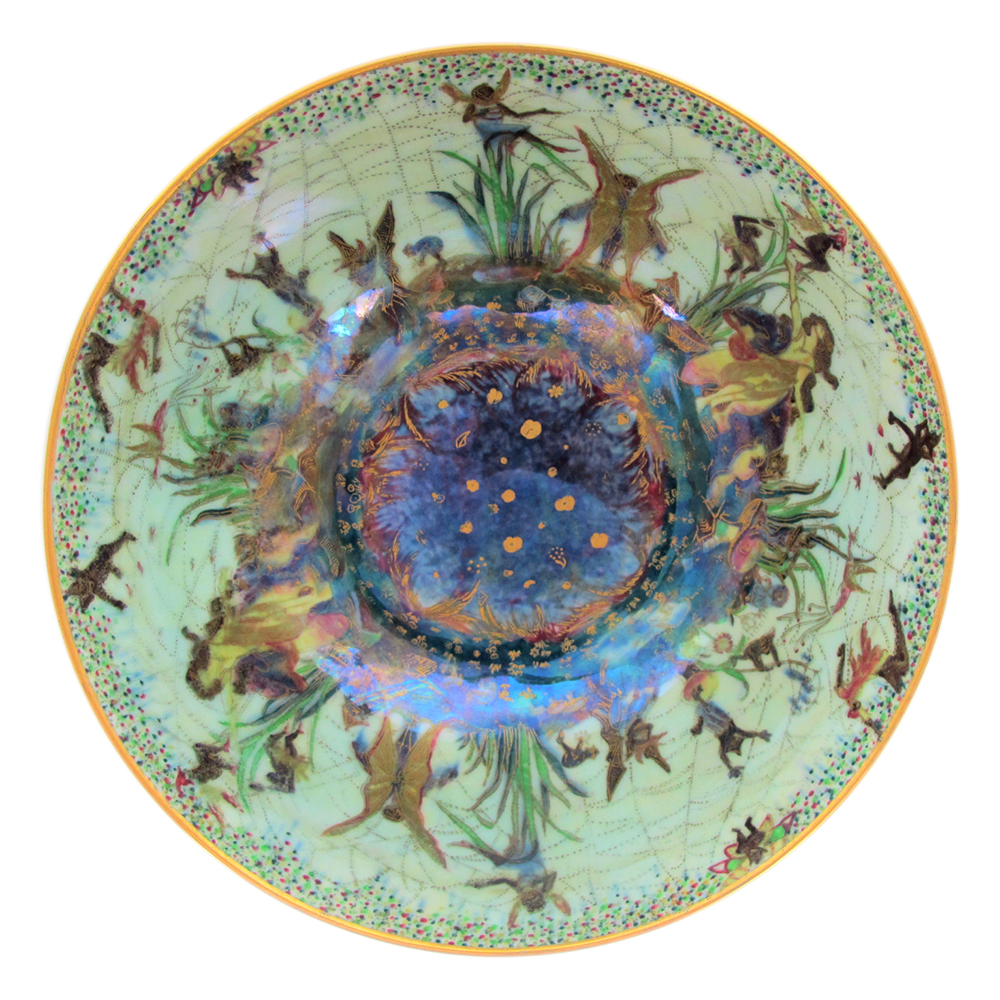
Wedgwood Fairyland Lustre Elves & Bell Branch Bowl Interior by D. Makeig-Jones

Wedgwood's Glimpses of Fairyland Oni page
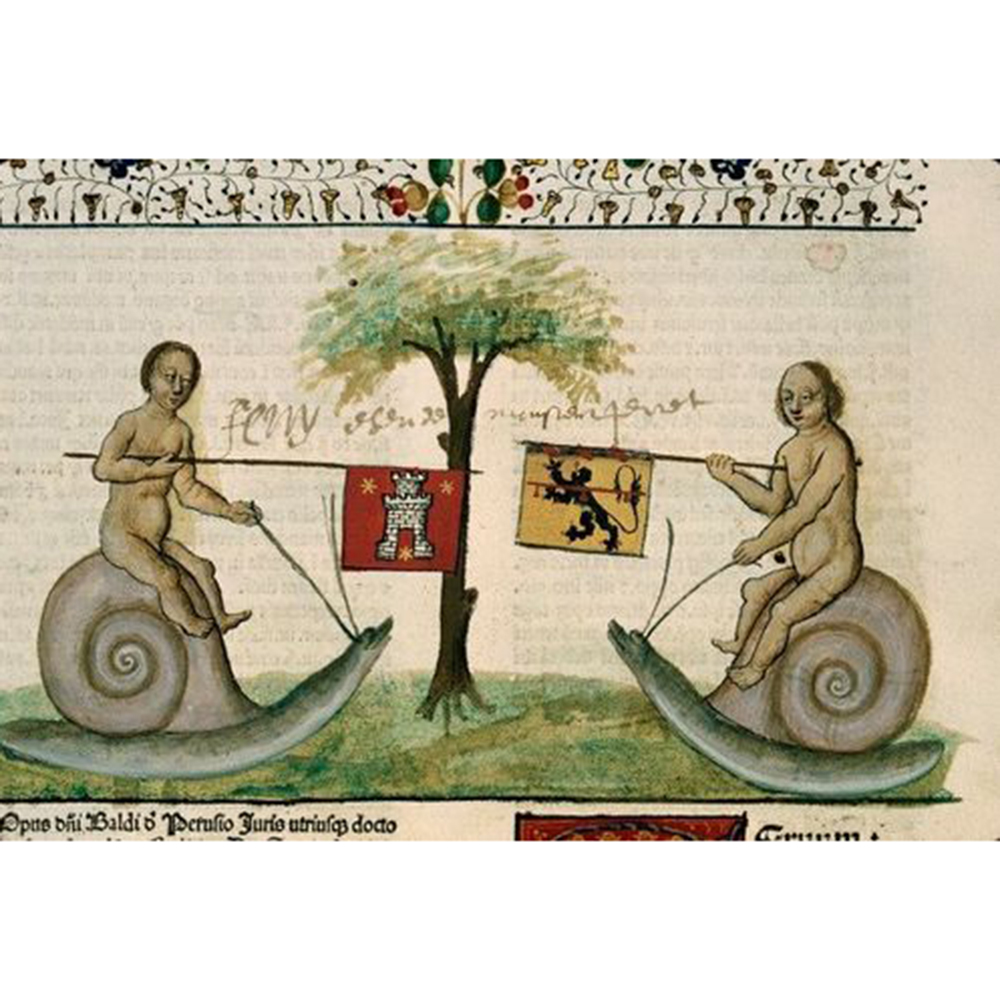
Baldus de Ubaldis 1480
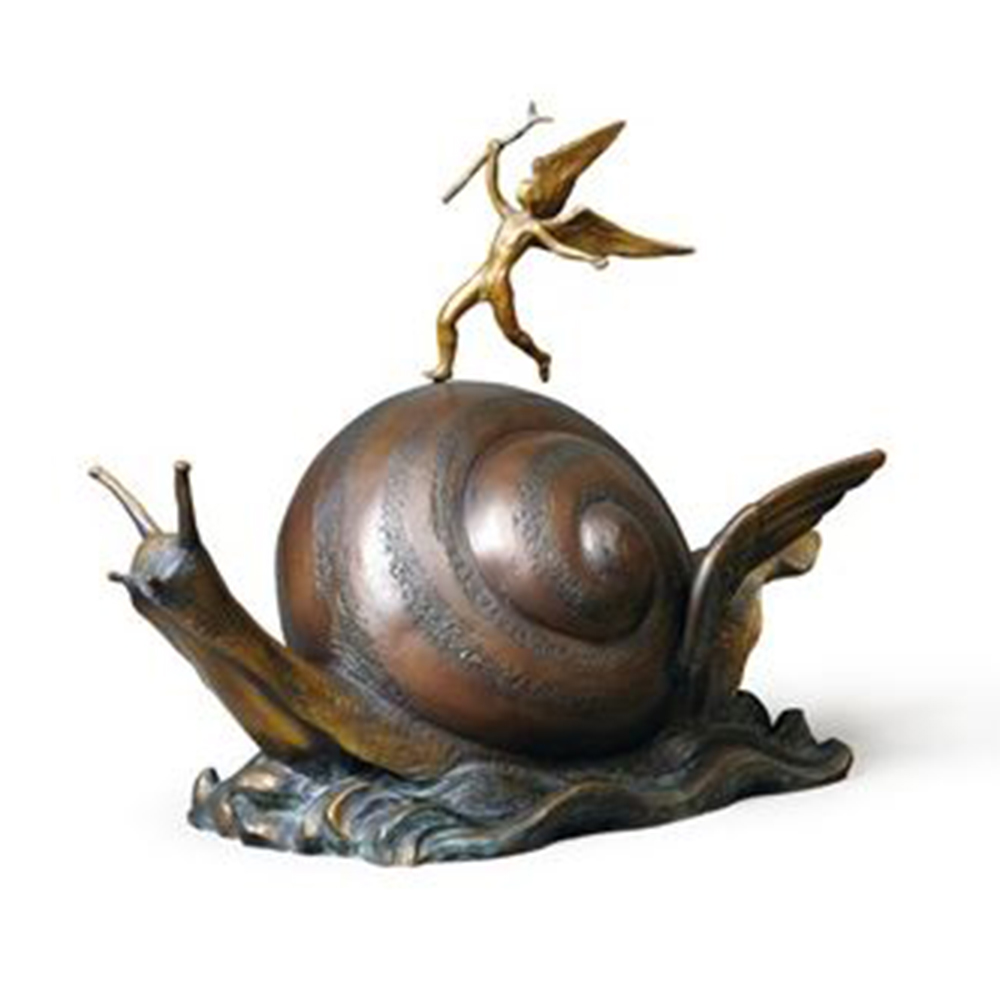
Snail and Angel by S. Dali
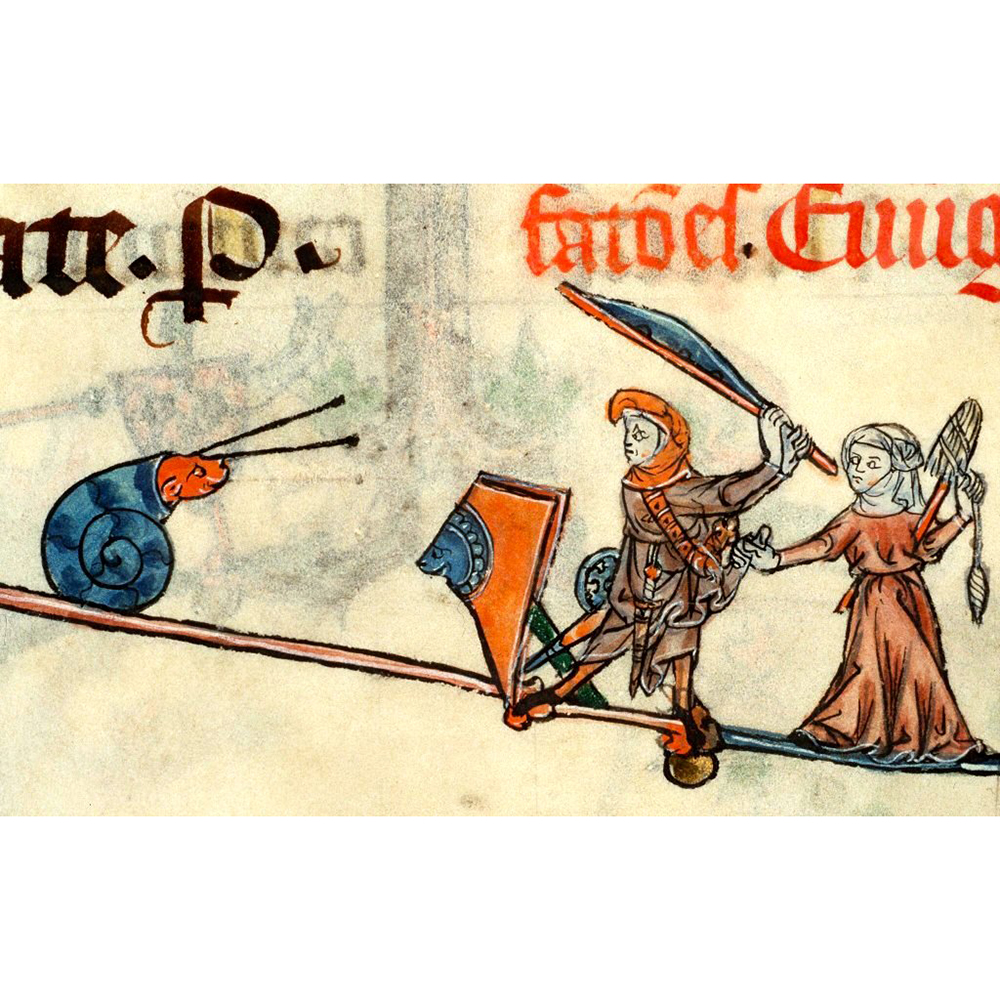
Snail & Knights
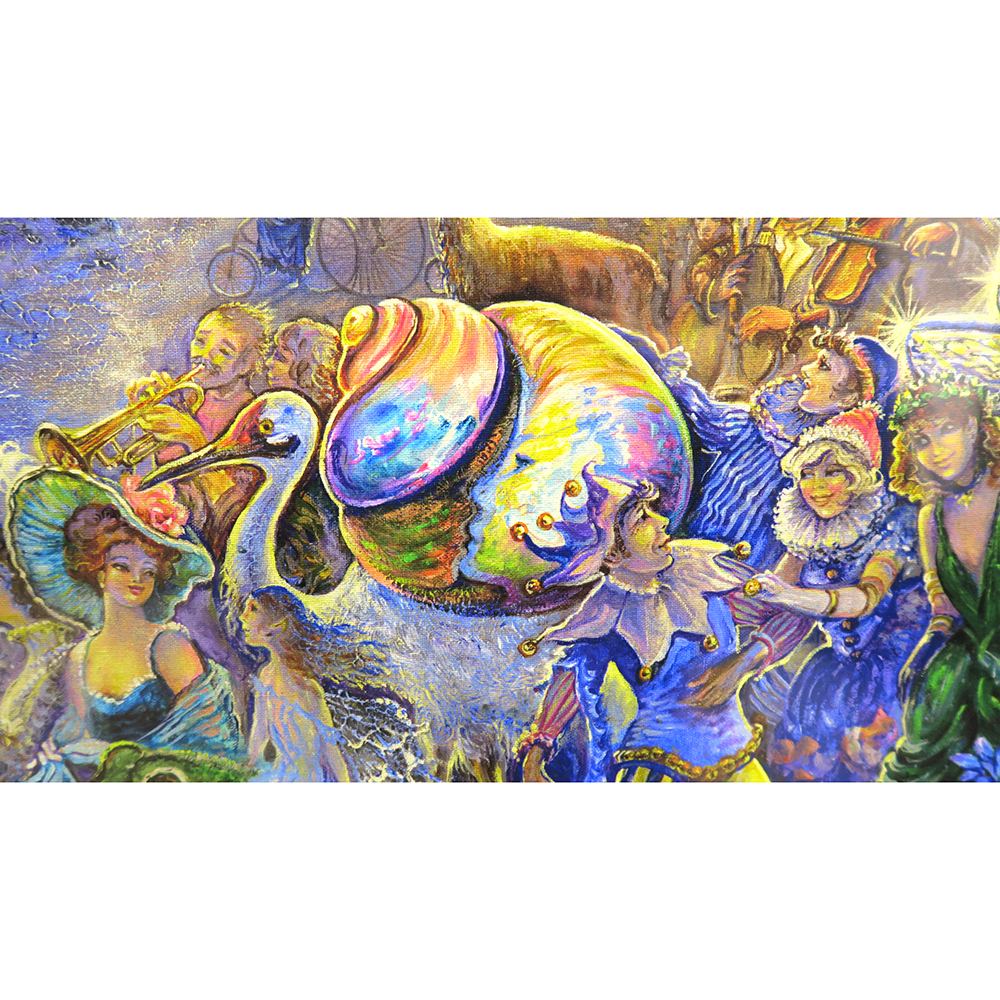
Cirrius Tales Parade by J. Wall

Snail & Knights
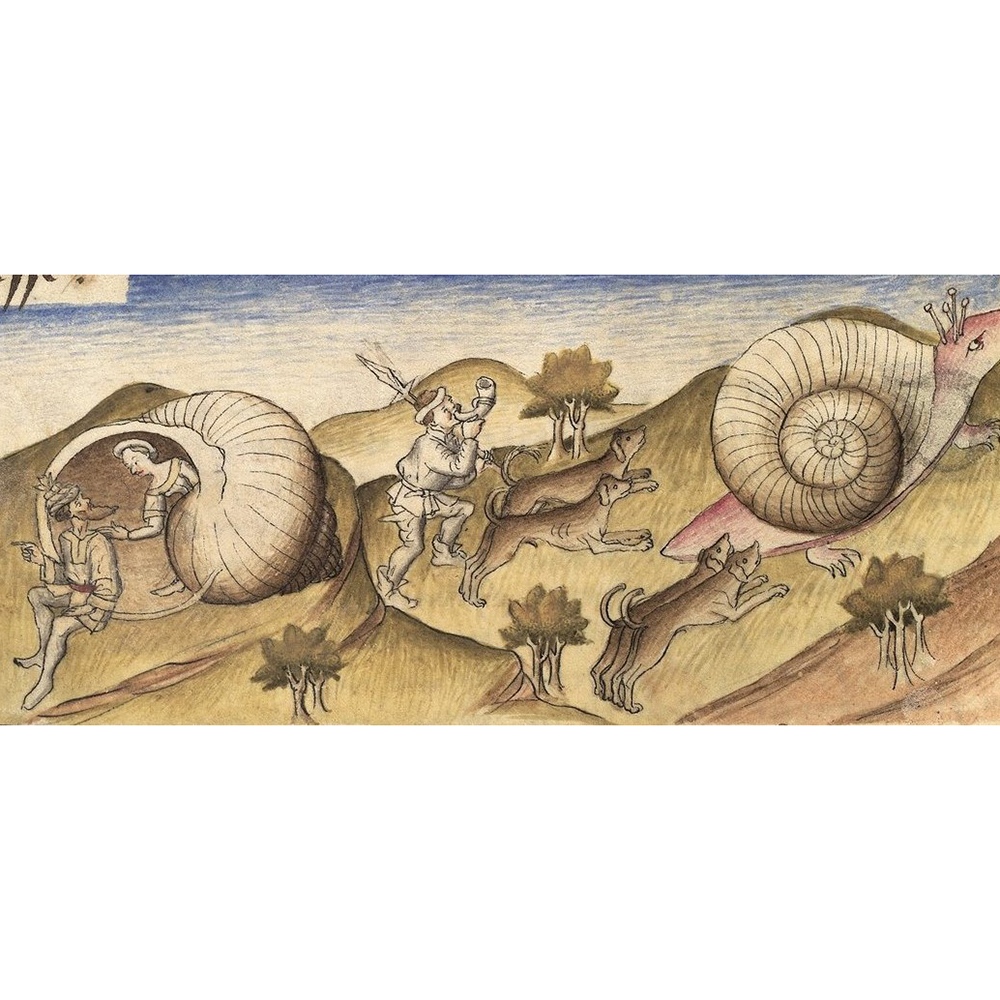
Giant Snails of Caolonak
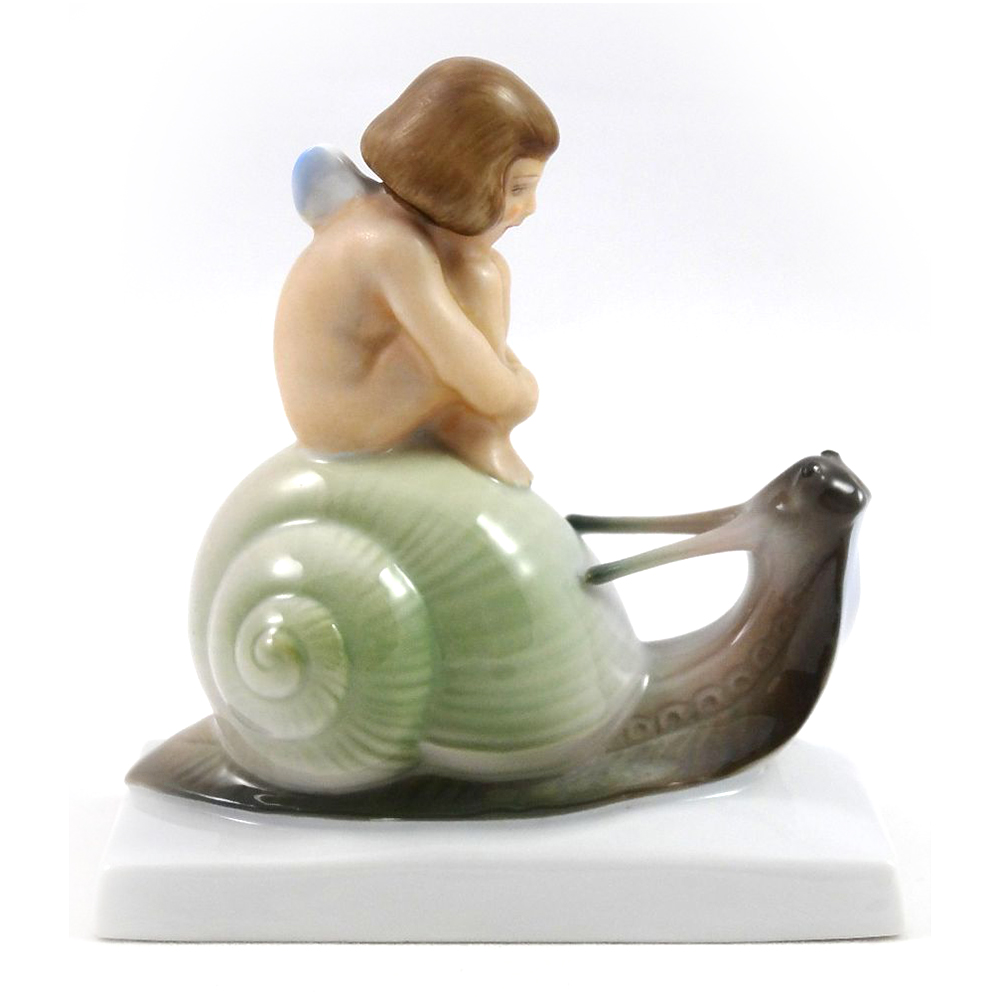
Rosenthal Fairy on a Snail by A. Caasmann
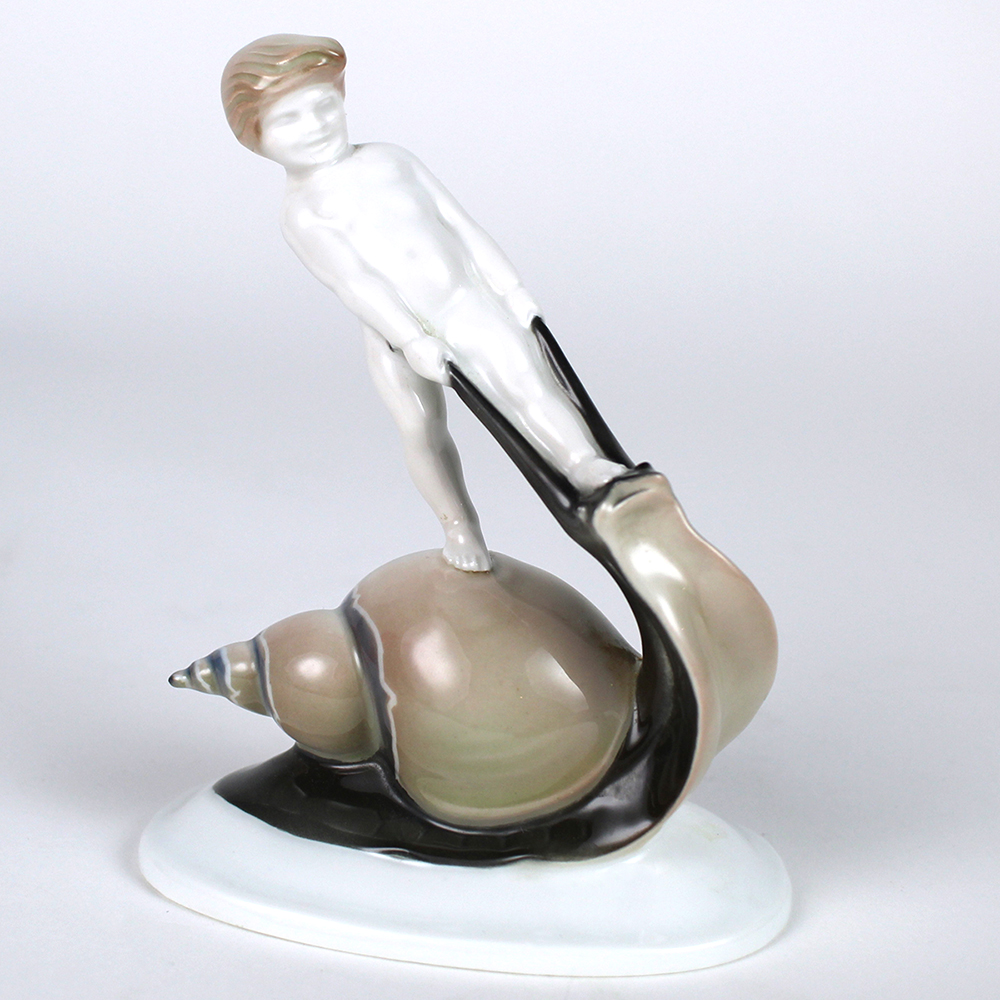
Rosenthal Snail Rider by A. Caasmann
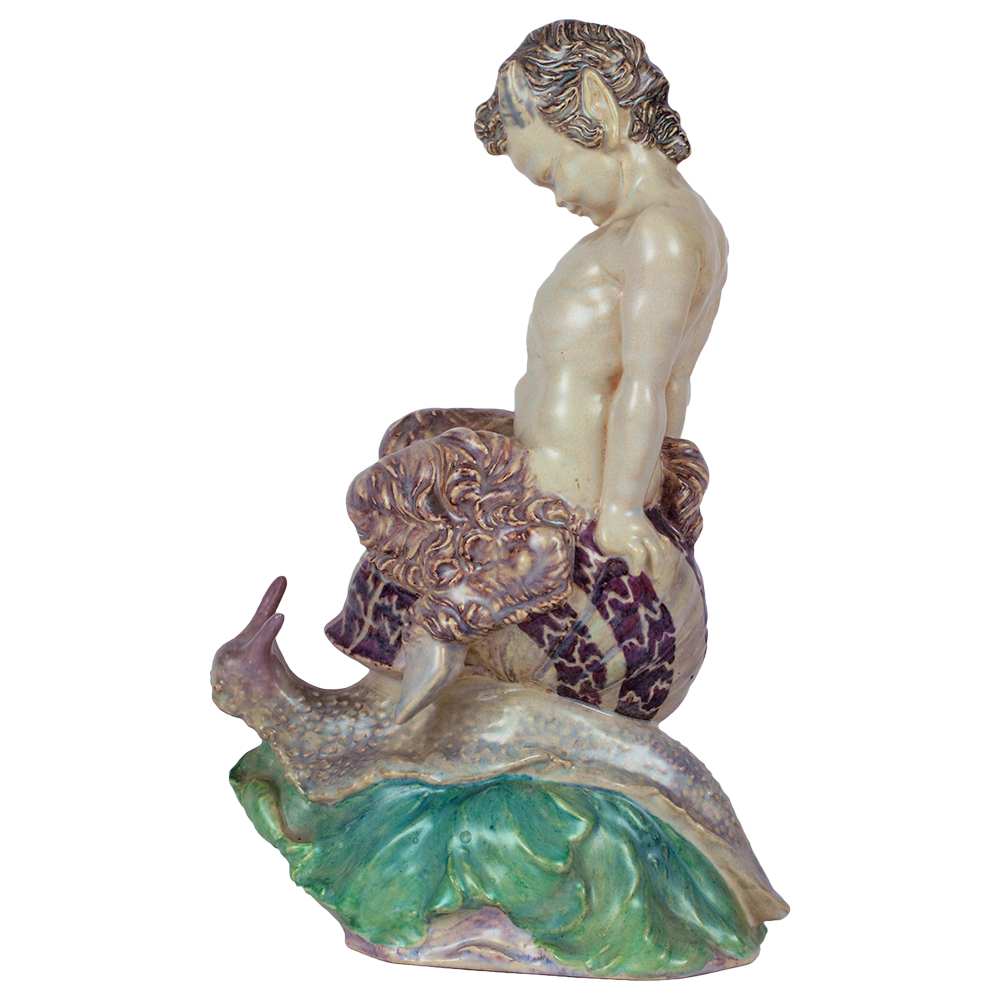
Morning Ride by C. Vyse
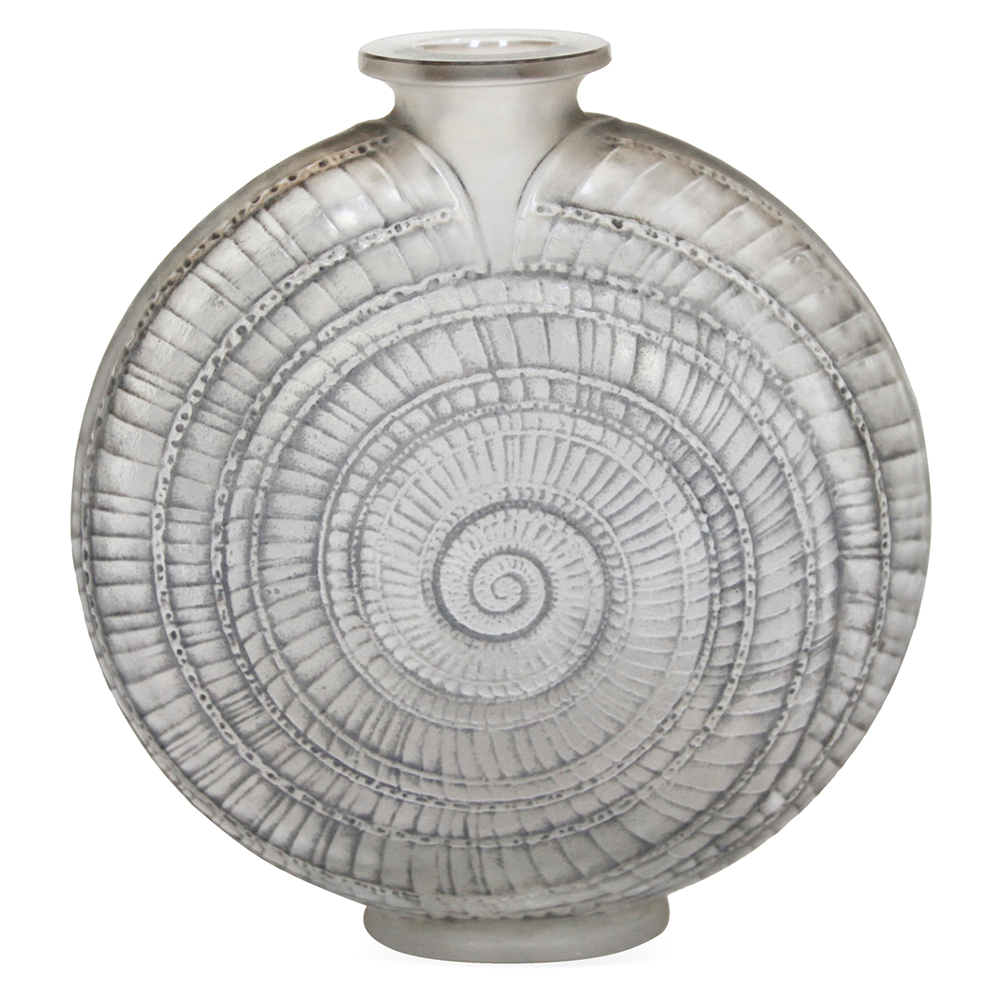
Lalique Escargot
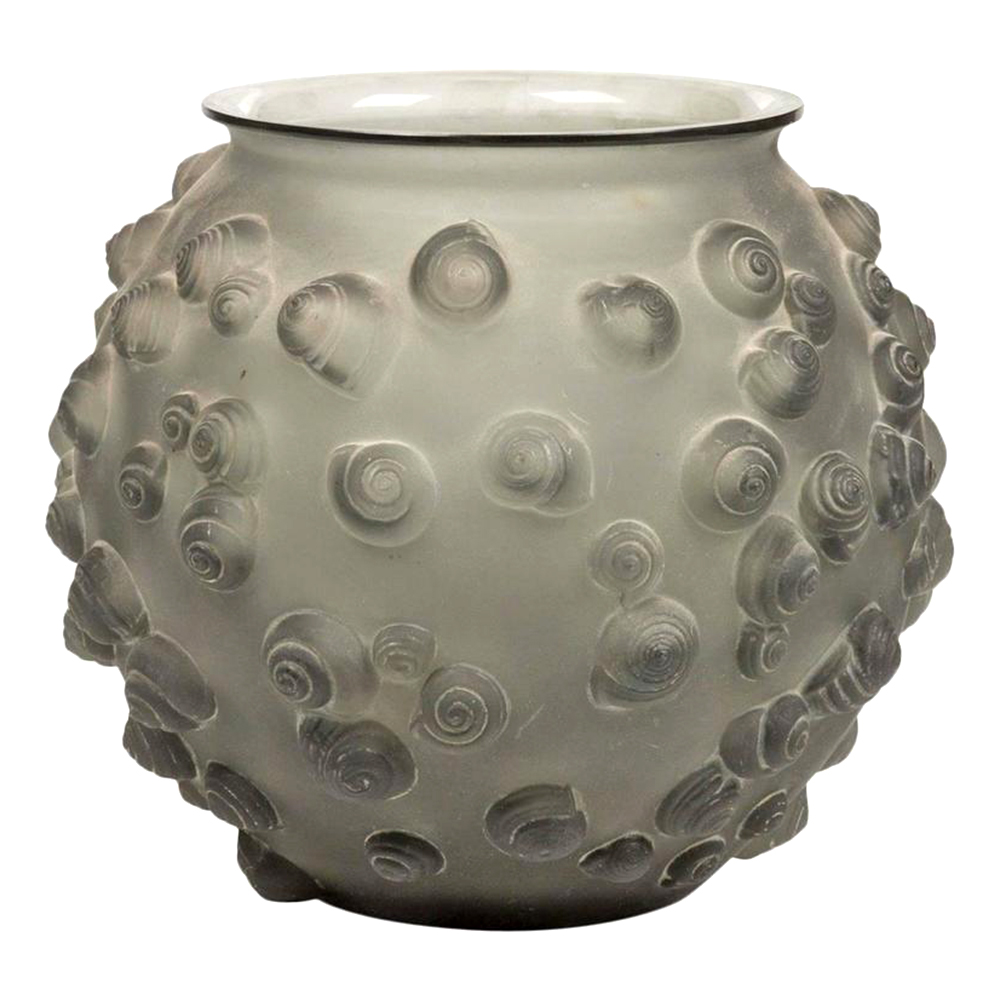
Lalique Palissy
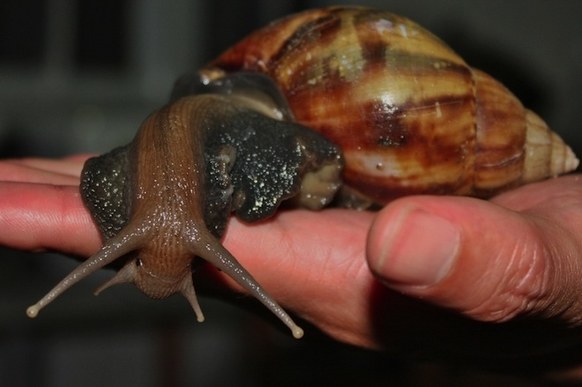
Giant African Land Snail
